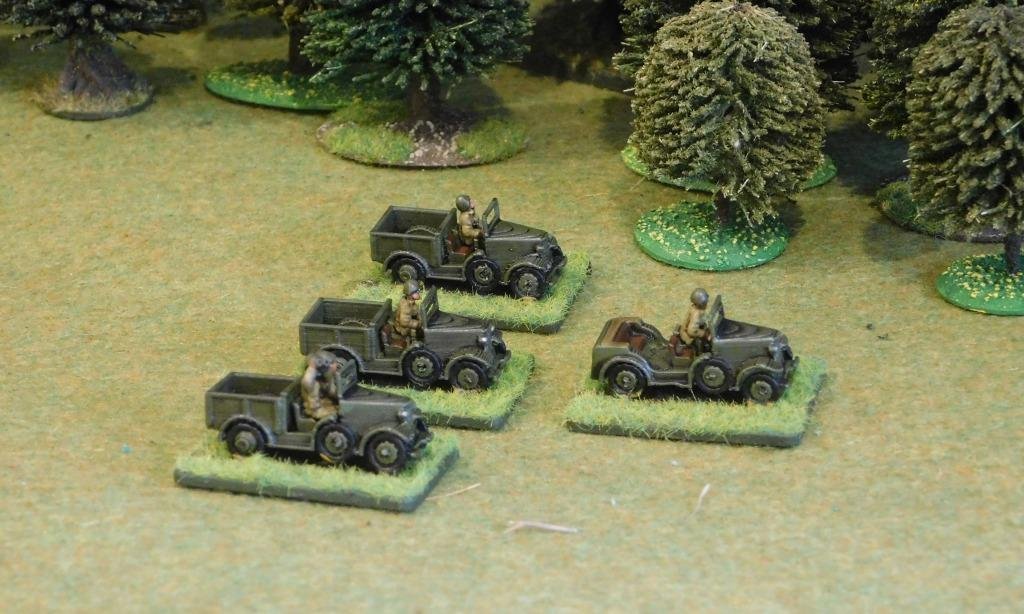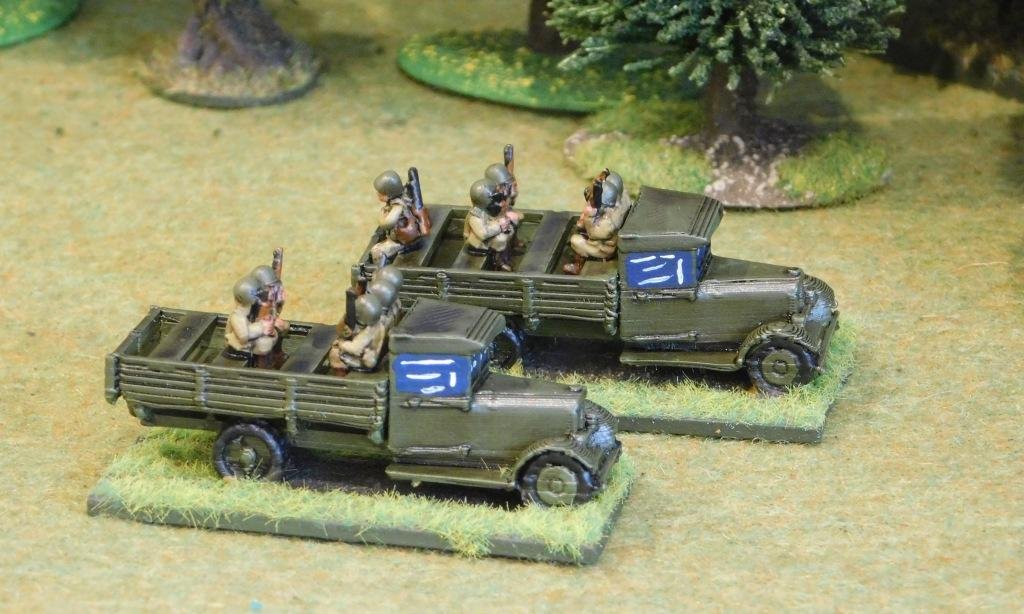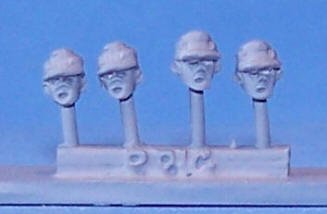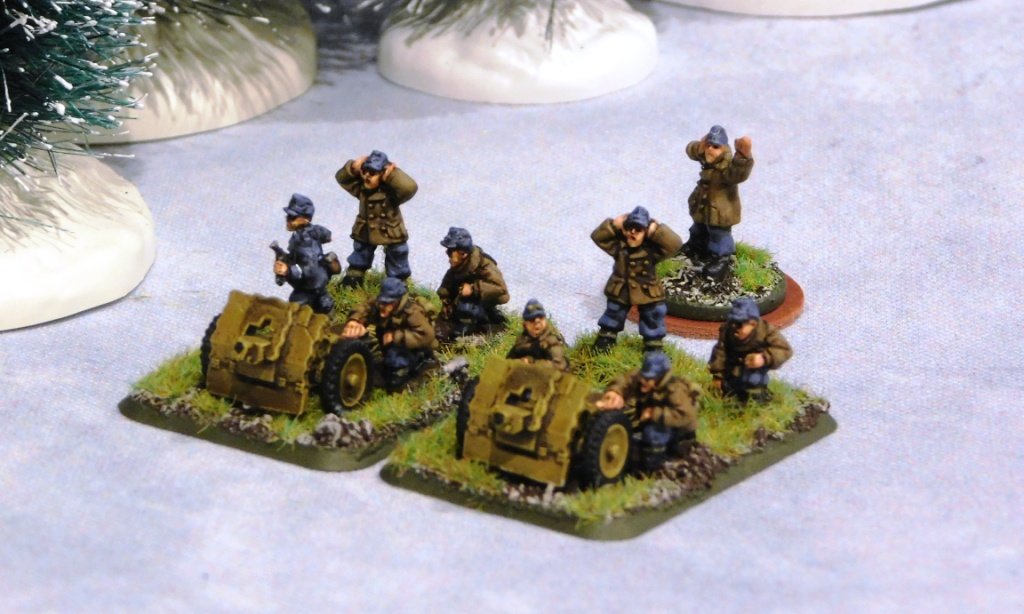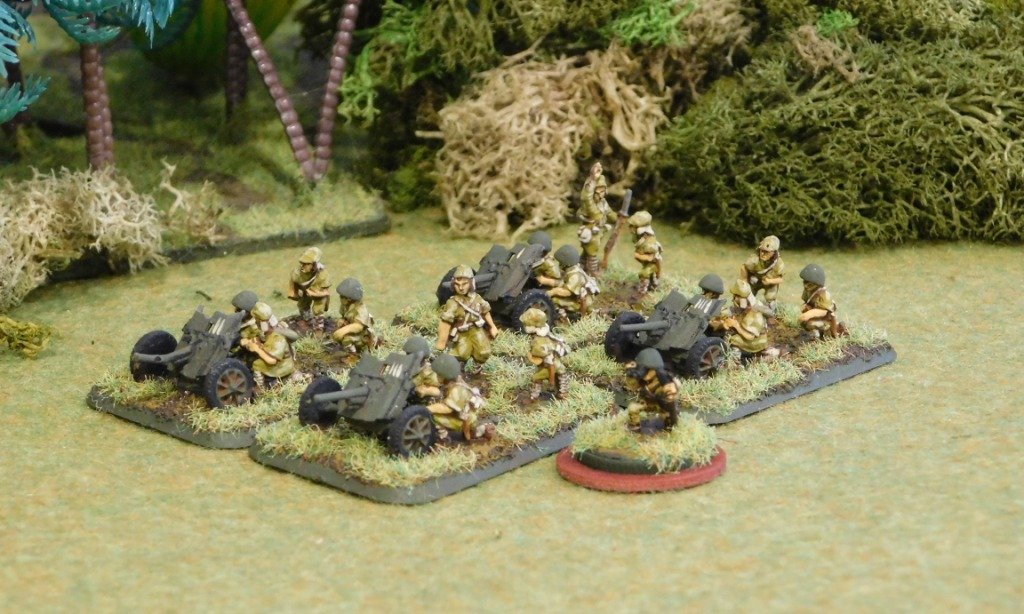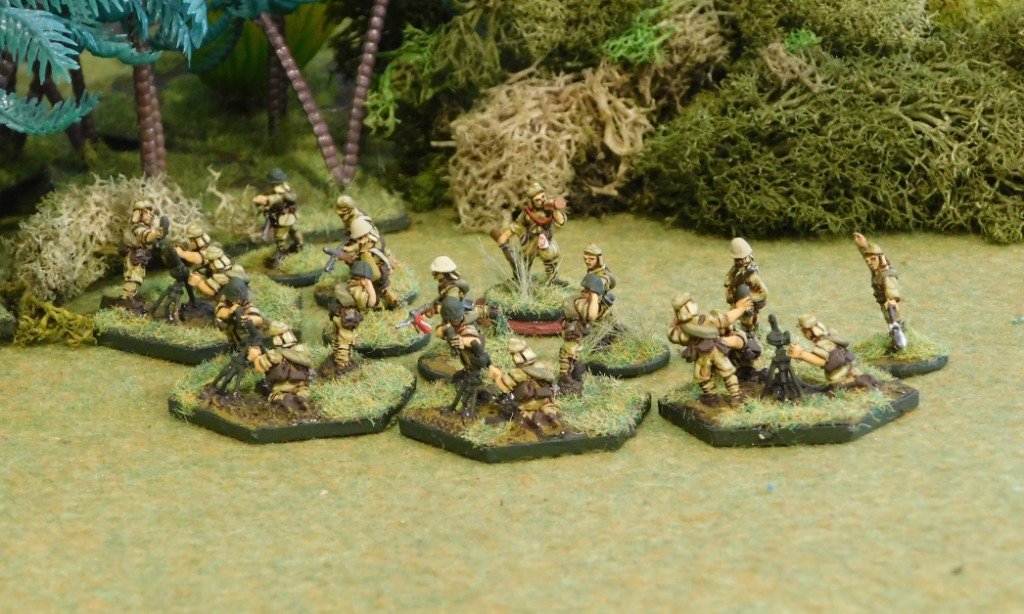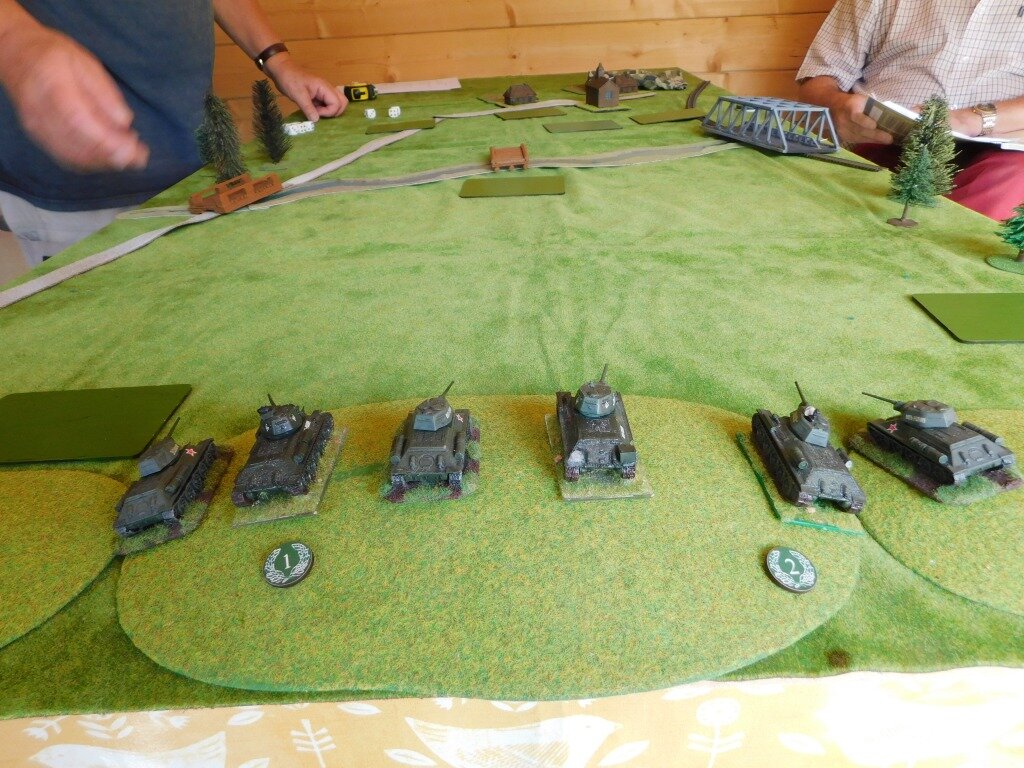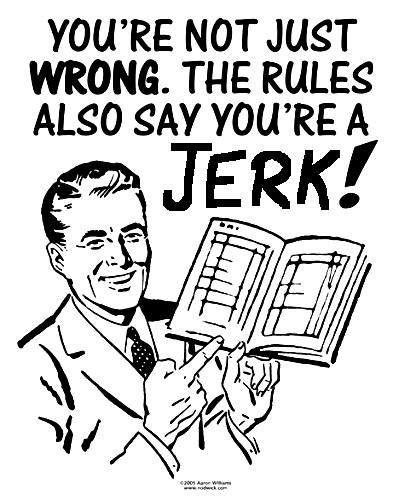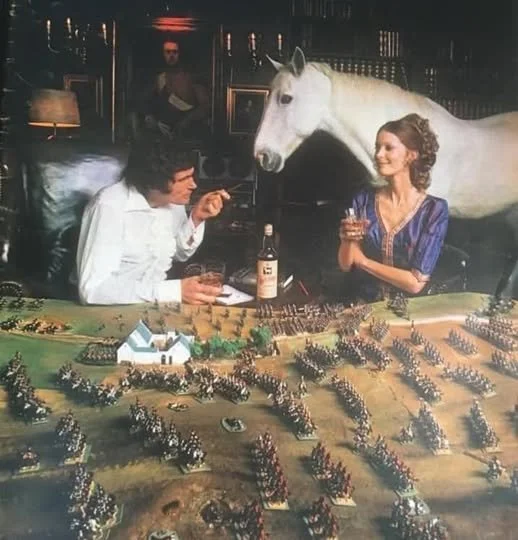Motorising a Polish Infantry Company
/Quite a few of the games in the two September War scenario packs involve motorised Polish infantry, and although I had the basic troops, I didn’t have any of the vehicles necessary to represent either the 10th Motorised Cavalry Brigade or the Warsaw Armoured Motorised Brigade.
I’d thought about motorising my basic troops before, but couldn’t find anyone who did any of the FIAT 508 and FIAT 508/518 cars/jeeps/pick ups that they used, or produced an affordable FIAT 621 truck of the right type. If there’s one thing to remember when starting to collect a motorised formation, it’s the fact that they have a lot of trucks on their roster!
Then I was at Warfare 2021 at Ascot Racecourse, and got talking to Simon Ryan, who runs Syborg 3D Printing. As I was buying some tankers and bowsers (I love the wide range of “tail” vehicles that he does), I mentioned that no-one, not even him, did any of the Polish transport vehicles mentioned above. We swapped e-mail addresses, and a few days later I got a message to say that he could now print me as many of the various different Polish transport vehicles as I wanted, and sent me pictures of the CAD versions so that I could see what I would be getting.
This was too good an opportunity to miss, especially as the 508s and 508/518s were only £2 each, and the 621s only £4 each.
The Motorised Infantry Company
First up were the vehicles to carry the main infantry company (IABSM being a company-sized game). I needed one FIAT 508 staff car for the boss, and then a 508/518 jeep and two FIAT 621 trucks for each platoon.
The original designs for the 621s had open flat beds, but the pictures I had found online showed them with benches for the troops to sit on. A couple of e-mails to Simon and I had trucks with benches.
The jeeps came without drivers, but a rummage in the bits box provided them.
The Machine Gun Platoons
A motorised company has three types of MG platoon. First up are a couple of MG teams in two FIAT 508/518 jeeps; then there are four MG teams in two FIAT 621 trucks; and finally, my favourite, four MG teams each mounted taczanka-style on the back of a 508/518 pick up:
As you can see, although I just had the transport element for the integral two-gun platoon, I put seven crew members in each of the trucks: seven in the back, three in the cabin, for two five-crew teams in each truck.
Again, the passengers came from the bits box, which is why, if you look carefully, you’ll see a wide variety of helmets…although they all look just about the same in 15mm. The Uzis and Kalashnikovs that some of them are carrying are a different matter, but I’ve tried to paint them out.
The taczankas come with the stand and the gun. The standing crew member is a left-over American, the chap standing offering more ammo is a Peter Pig Soviet.
Anti-Tank Guns, Mortars and an Ambulance
Four more FIAT 508/518s were needed for the regiment-level anti-tank platoon; two more 621s provided transport for the regiment-level mortar teams; and Simon produced a rather nice hard-body version that can be used as a workshop, command vehicle or, as I have it here, an ambulance.
I used a slightly different version of the 508/518 pick ups for the AT tows: I thought they’d want to be able to jump out easily to deploy the guns quickly!
Again the crews for the mortars come from the bits box and are as cosmopolitan as before!
Motorcycle Reconnaissance Platoon
All those soft-skins can’t just motor forward willy-nilly, so I dug a pack of Battlefront Polish motorcyclists out from the depths of the lead mountain, and knocked them out to lead the way.
I only have one squad and the platoon commander, but will add a second and third squad with motorcycle combos as soon as Battlefront start producing them again.
Building and Painting
Building the models was easy: some of them needed the wheels putting on, but most came complete. The trucks needed the benched flat-beds stuck onto the frame, but that wasn’t too difficult. Getting the arms on the Battlefront motorcyclists to sit right (the drivers arms and the bike’s handlebars come as one piece so that you have to glue the rider in place then seat the arms and handlebars just so) was more difficult than assembling all of the 3D printed models combined.
To paint the models, I undercoated in Army Painter Army Green. I then block painted all the crew figures, canvas and equipment before covering everything with a GW Agrax Earthshade wash. I then washed the vehicles again to get a darker green (just the vehicles) and highlighted the crew figures. Didn’t take that long at all.
I did think at one stage that I should have painted every vehicle in the Polish three-colour camouflage, and there are artworks and pictures of models produced like that. I couldn’t, however, find any photographs showing either motorised brigade with camouflaged vehicles: most look to be the standard Polish brownish-green. My rationale was also that maintaining a fleet of vehicles in their camouflage would have been a nightmare for the workshops involved: far easier to realise that these are transport not fighting vehicles and stick to an easily-painted standard greenish-brown!
Quality
Some of the models show the graduated layers used in the printing process, but they just add a bit of depth to the look. Some of the wheels are a bit manky, and some of the edges a little “hairy” with loose strands, but nothing that doesn’t clean up quickly and easily.
Quality-wise, I would put these on a par with standard resin or metal vehicles and behind plastic vehicles…but I didn’t have to clip a whole load of parts out from a plastic frame and then glue or fit them all together. They’re also slightly cheaper (PSC £4.59 a truck, Zvezda £4.24 a truck), especially the cars/jeeps/pick ups.
Overall I’m very happy with my new transports for a Polish Motorised Infantry Company and supports. I got great service from Syborg and would highly recommend them as a supplier. I don’t know whether Simon will add these Polish models to his general listing, but I’m sure an e-mail would get you similar if you want them or, indeed, any other obscure vehicles. Highly recommended.





